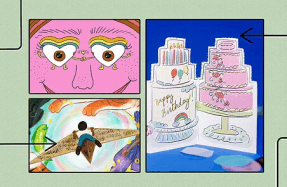Ancient Bones Offer Clues To How Long Ago Humans Cared For The Vulnerable
The field of bioarchaeology look to skeletons that are thousands of years old for insights into the nature of long ago societies.
by Andrew Curry
Jun 17, 2020
3 minutes

Geneticists have discovered that a baby buried almost 4,000 years ago had the extra chromosome that causes Down syndrome by analyzing DNA preserved in his skeleton. Researchers say the finding, published Wednesday in the journal Nature, is the oldest confirmed case of Down syndrome.
Babies born with Down syndrome typically have distinctively-shaped eyes and skulls, which the authors of the paper suggest might have set him apart as an infant. Chemical analysis of his bones shows he was breastfed, and when he died at about six months old he was buried in a monumental, who led the new study.
You’re reading a preview, subscribe to read more.
Start your free 30 days





